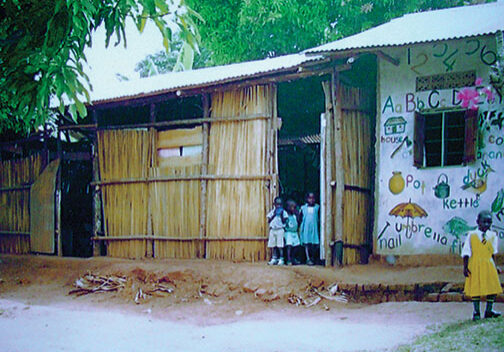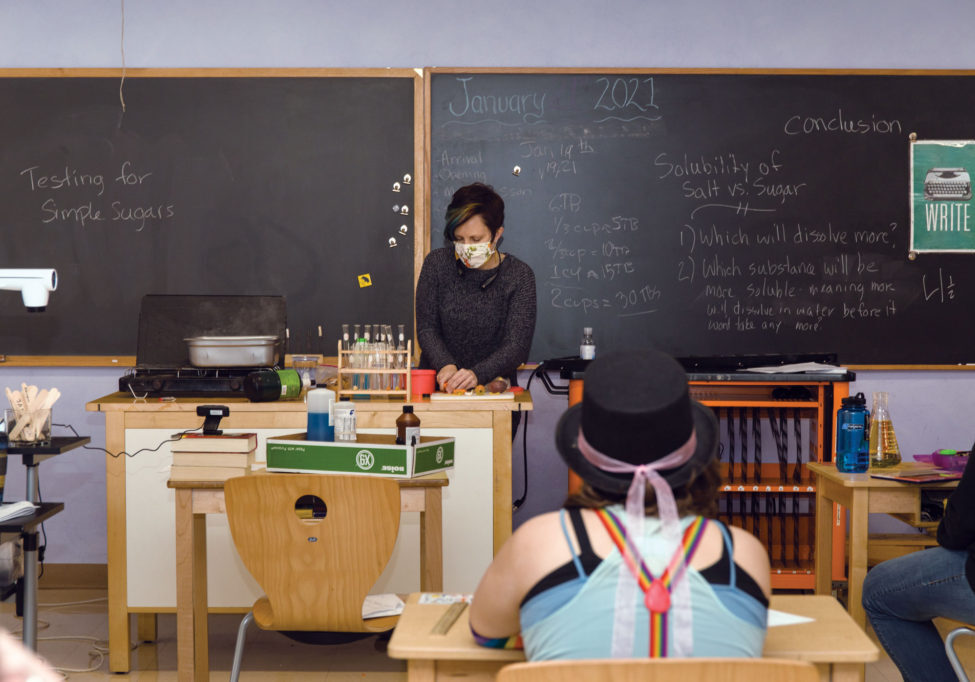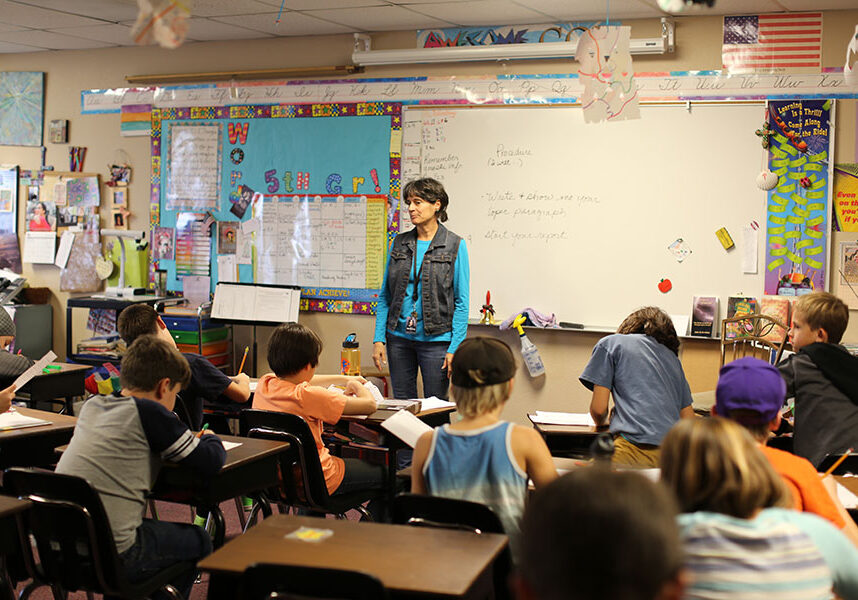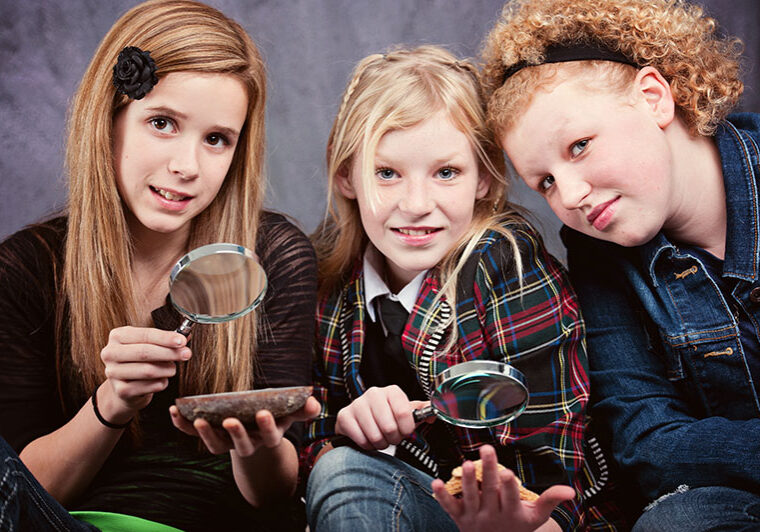When your electronic gadgets break, does your tween fix them? Do you have a child that builds elaborate housing for pets and dolls out of scraps of craft materials and cardboard boxes? Maybe you’re raising entrepreneurial teens with ideas that could make them the next Facebook or Snapchat inventor, app creator or “Shark Tank” winner.
If any of this sounds familiar, you may have a Maker on your hands. But what exactly does that mean?
The Maker Movement – learning through doing
The “maker movement” is a quickly growing culture that embraces the idea that learning is done best through doing. “It includes do-it-yourself individuals and groups that create things, and its members are producers more than consumers,” says Irm Diorio, executive director of a maker space. While some makers work in maker spaces, others tinker in their homes and garages. Some maker interests include robotics, electronics, metalworking, woodworking and traditional arts and crafts.
“With affordable access to 3-D printers and computers, technology is often a part of the maker movement, but it doesn’t have to be” says Diorio. “Everyone is a maker.” She encourages others to discover the maker in them. “It’s about finding what really inspires you — gardening, baking, sewing, anything that you would build with your hands. It’s fun and can be functional, but it doesn’t have to be. It’s all about letting your creativity take you for a ride.”
Maker spaces – community, encouragement, supplies and equipment.
Some makers discover their tribe at maker spaces where adults and children find the community and supplies they need, including equipment and tools that are hard to store at home. Maker spaces often house equipment like 3-D printers, laser cutters, wood lathes, saws, welding equipment and sewing machines. Maker spaces offer community, encouragement and expertise for those working on projects. Maker spaces are also becoming popular in schools because parents, teachers and administrators want to include this creative outlet in the learning process.
How can parents support a DIY child?
How you help your child flourish at being a DIY kid depends on his or her age. Here are some suggestions that will help guide kids as they grow.
Preschool:
- Encourage natural curiosities, inclinations or interests.
- Start coding with and without technology (there are lots of ideas at code.org).
- Give them the tools of their trade even if they’re in junior size; think miniature tool box with tools, junior sewing machine or real gardening tools small enough to fit their hands.
- Don’t be afraid to introduce sophisticated vocabulary; don’t dumb it down.
Elementary:
- Give them a maker space and fill it with the best tools that you can afford.
- Volunteer to start a maker space at your child’s school.
- Create an invention station where your kids can do STEM challenges. Check out a cool design spinner at PBS Kids Design Squad Global Build.
- Encourage participation in a Maker Faire and/or a science fair.
- Have a STEAM closet or basket at home that allows kids to pull out supplies and invent, build or create.
- Provide a coding robot they can program with a tablet.
- Encourage them to join a Lego Robotics club.
Middle and high school:
- Encourage an apprenticeship in a trade or with a family member or friend who is an expert (such as a computer science expert, car or airplane mechanic or a fashion designer).
- Support them in attending a certified STEM high school.
- Encourage them to join a robotics club.
- Give them low cost technology like Raspberry Pi or Arduino to experiment and create their own technology products.
- Introduce them to conductive thread so they can make clothes that light up, or Makey Makey, an invention kit that can turn items as simple as bananas or staircases into computer touchpads.
Online Resources for the Maker-Minded Family
- Makezine.com: A site for the print magazine, Make, it offers ideas for projects, maker news, links to Maker Faires and support for all things maker.
- Makerfaire.com: Shares information about Maker Faires all over the world.
- Makered.org: Provides support for those interested in integrating maker education into learning environments.
- KiwiCo.com: Purchase a monthly service that delivers art and science projects for kids of all ages to your door.
- CardboardChallenge.com: Learn about how to host or find a Cardboard Challenge in your area. A Cardboard Challenge allows kids to make creations using cardboard, recycled materials and their imaginations.
- Thingiverse.com: Website shares user-created design project files to make, using technology such as 3-D printers and laser cutters.
Posted in: Education
Comment Policy: All viewpoints are welcome, but comments should remain relevant. Personal attacks, profanity, and aggressive behavior are not allowed. No spam, advertising, or promoting of products/services. Please, only use your real name and limit the amount of links submitted in your comment.
You Might Also Like...

Big Dreams Give Kids A Chance To Learn
A rooster crows. A cantor chants the Muslim call to prayer. Songs from a Christian church echo through the village. Morning has come to Kyebando, Uganda. Mothers wake children who quickly […]

Meeting the Moment: Trauma and Resilience Training for Educators
Michelle, a dedicated teacher in San Diego, describes the persistent challenges posed by Lana, one of her students. Lana consistently refuses to follow instructions, disrupts the class with her loud […]

Building Bridges With Your Child’s Teacher
Do you feel intimidated when you think of talking with your child’s teacher? What if your child complains about problems with this teacher? And if your child is a virtual […]

Common Core: North State Kids to Bring Their Computer Savvy on Test Day
This spring, North State students will have to bring some computer savvy along with a sharpened pencil to school on test day, when millions of California’s kids sit down for […]



